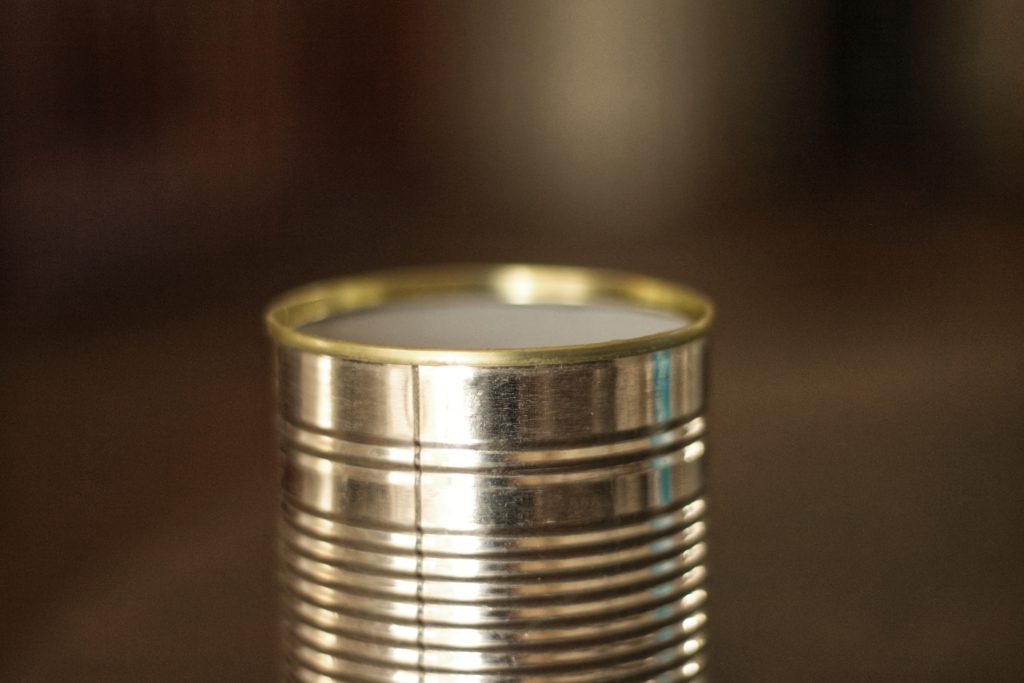Our history of metal packaging began in Bohemia in the 1200’s. However metal has been produced for a very long time. But the first metal used for packaging was tin. In particular, it was the process of tin plating that was invented in Bohemia. Before this no other metal was economically able to be used for packaging.
Later, in 1667 Andrew Yarranton, and English engineer, and Ambrose Crowley brought the method to England. Here it was improved by ironmasters including Philip Foley. Then by 1697, John Hanbury had a rolling mill at Pontypool. Incidentally, the method they developed involbed rolling iron plates using cylinders. This process enabled more uniform black plates to be produced than was possible by just hammering the tin.
The History of Metal Packaging Moves to England
Tinplate boxes first began to be sold from ports in the Bristol Channel in 1725. The tinplate was shipped from Newport, Monmouthshire. By 1805, 80,000 boxes were made and 50,000 exported. Tabocconists in London began packaging snuff in metal-plated canisters from the 1760s onwards.
Metal Packaging for Tinned Food
In the late 1700’s while he was a military general, Napoleon needed to find a way of preserving food for his soldiers. He offered 12,000 Francs to anyone who could help improve food preservation. An answer didn’t come quickly though. 15 years later in 1805 Nicholas Appet came up with the idea of boiling food at high temperatures and putting it into a tin. Peter Durand extended the idea by putting the food into a tin. And so the first canned food was developed.
The first cannery was established in London by two other Englishmen, Bryan Donkin and John Hall. Donkin and Hall bought the patent from Durant. In 1813 they produced the first canned goods for the Royal Navy.
By the 1830’s tin boxes were used for selling cookies, chocolates and tobacco products. The first printed metal boxes were made for Dr Lyon’s tooth powder in 1866.
Drink Cans Become Part of the History of Metal Packaging
In the 1900’s tin began to be used for beverages. Previously, all drinks were packaged in glass. Glass actually dominated the drinks packaging market until the 1960’s. The company Krueger Brewing was approached by American Can Company about forming a partnership, where Krueger Beer would be packaged in cans. This was a huge risk to Krueger Brewing, and so American Can Company installed the equipment for free. Krueger would only pay for it if the plan worked. In 1935 the first drink cans hit the market.
The cans were initially shipped to the farthest point of Kreuger’s distribution area. This was Richmond, Virginia. By 1952, the plant was producing one million barrels every year.
Beer was soon joined by soda beverages in cans. These first drink cans were made of tin-plated steel. Aluminium wasn’t introduced until 1959/1960 when aluminium companies Reynolds and Alcoa made an all-aluminium can out of one piece of metal. This solved the problem of weights of cans. Now only a lid needed to be attached. This metal was also a better choice to steel because it was cheaper.
One thing they didn’t have though was an opener. The pull tab opener was the inspiration of Ermal Fraze. In 1959, while at a picnic with friends and family, Fraze discovered he had left his can opener at home, forcing him to use a car bumper to open cans of beer. Fraze decided to create an improved beverage opening method that would eliminate the need for a separate device, leading to his creation of the pull-tab opener.
Aluminium Foil
Aluminium foil was developed in 1954. With its invention, TV Dinners became the next innovation in convenience. The original dinner tray was made out of aluminium, and was carved into three separate compartments to neatly contain frozen foods. TV Dinners fulfilled two post-war trends. They were the preoccupation with television and the lure of time-saving modern appliances.
Learn more about the history of packaging here.


